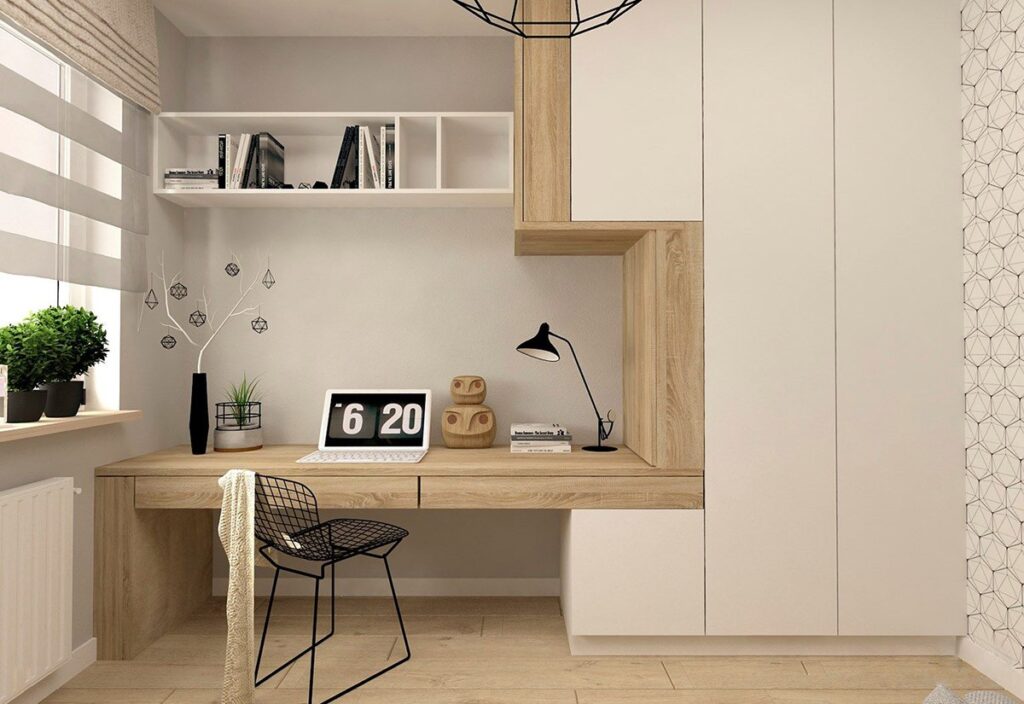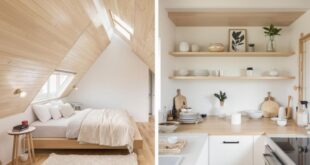
The Allure of the Minimalist Home: Finding Peace and Purpose in Less
In an era defined by consumerism and the relentless pursuit of more, the concept of the minimalist home has emerged as a powerful counter-narrative. More than just a design trend, embracing a minimalist home is a conscious choice to prioritize experiences, relationships, and well-being over material possessions. This article explores the core principles of minimalist home design, its numerous benefits, practical tips for decluttering, and the transformative impact it can have on your life. The quest for a minimalist home starts with decluttering and simplifying your living space, but evolves into a mindful lifestyle.
Understanding the Core Principles of Minimalist Home Design
At its heart, minimalist home design is about intentionality. It’s about carefully curating your belongings and creating a space that is both functional and aesthetically pleasing, free from unnecessary clutter and distractions. This doesn’t mean living in a sterile, empty box. Rather, it’s about choosing quality over quantity, selecting items that serve a purpose and bring you joy.
- Functionality: Every item in a minimalist home should have a clear purpose. If it doesn’t serve a function or bring you joy, it’s a candidate for removal.
- Quality over Quantity: Invest in fewer, higher-quality items that will last longer and stand the test of time.
- Open Space: Minimalist homes prioritize open space and natural light. This creates a sense of calm and serenity.
- Neutral Color Palettes: While not a strict rule, neutral color palettes are common in minimalist homes, as they create a sense of tranquility and allow the focus to remain on the essential elements.
- Clean Lines and Simple Forms: Furniture and décor in minimalist homes tend to feature clean lines and simple forms, avoiding excessive ornamentation.
The Benefits of Embracing a Minimalist Lifestyle
The advantages of adopting a minimalist home extend far beyond aesthetics. It can have a profound impact on your mental, emotional, and financial well-being.
Reduced Stress and Anxiety
A cluttered home can lead to a cluttered mind. By decluttering your space, you can reduce stress and anxiety levels. A minimalist home provides a sense of calm and order, making it easier to relax and focus.
Increased Productivity
A distraction-free environment can significantly boost productivity. By removing unnecessary items from your workspace, you can improve concentration and focus on the task at hand. A minimalist home creates a conducive environment for work and creativity.
Financial Freedom
Minimalism encourages mindful spending and discourages impulse purchases. By focusing on needs rather than wants, you can save money and achieve greater financial freedom. The minimalist home is a reflection of your mindful spending habits.
More Time for What Matters
Spending less time cleaning, organizing, and maintaining possessions frees up time for activities that truly matter to you, such as spending time with loved ones, pursuing hobbies, or traveling. A minimalist home allows you to prioritize experiences over things.
Environmental Benefits
Minimalism promotes sustainable living by reducing consumption and waste. By buying less, you reduce your environmental footprint and contribute to a more sustainable future. The minimalist home is an environmentally conscious choice.
Practical Tips for Decluttering and Creating a Minimalist Home
Embarking on a minimalist home journey can feel overwhelming, but it doesn’t have to be. Here are some practical tips to help you declutter and create a space you love:
Start Small
Don’t try to declutter your entire home at once. Start with a small area, such as a drawer or a shelf, and gradually work your way through the rest of your home. This will make the process more manageable and less daunting.
The One-In, One-Out Rule
For every new item you bring into your home, get rid of one similar item. This will help prevent clutter from accumulating and maintain a minimalist home.
Ask Yourself Key Questions
When deciding whether to keep or discard an item, ask yourself the following questions:
- Do I use this item regularly?
- Does this item bring me joy?
- Is this item essential for my daily life?
- If I were shopping today, would I buy this item again?
If the answer to any of these questions is no, consider donating, selling, or discarding the item.
Embrace Digital Minimalism
Minimalism isn’t just about physical possessions; it also applies to digital clutter. Unsubscribe from unwanted emails, delete unnecessary files, and organize your digital devices. A minimalist home extends to your digital life.
Find a Home for Everything
Every item in your home should have a designated place. This makes it easier to put things away and prevents clutter from accumulating. The minimalist home is an organized home.
Be Ruthless
Minimalism requires a certain level of ruthlessness. Be honest with yourself about what you truly need and use, and don’t be afraid to let go of things that are holding you back. The minimalist home is free from unnecessary items.
Integrating Minimalist Design Elements
Once you’ve decluttered, you can start incorporating minimalist home design elements to create a cohesive and aesthetically pleasing space.
Choose a Neutral Color Palette
Opt for a neutral color palette, such as whites, grays, and beiges. These colors create a sense of calm and serenity and allow the focus to remain on the essential elements of the room. You can add pops of color with accessories, but keep the overall palette neutral.
Invest in Functional Furniture
Choose furniture that is both functional and aesthetically pleasing. Look for pieces with clean lines and simple forms. Avoid furniture that is overly ornate or bulky. Multifunctional furniture is ideal for a minimalist home.
Maximize Natural Light
Maximize natural light by keeping windows clean and unobstructed. Use sheer curtains or blinds to allow light to filter into the room. Natural light creates a sense of openness and airiness. The minimalist home is a well-lit home.
Add Greenery
Incorporate plants into your décor to add a touch of nature and bring life to your space. Plants can also help purify the air and improve your mood. The minimalist home can still feel warm and inviting with greenery.
Use Minimalist Décor
Choose décor items carefully and intentionally. Avoid cluttering surfaces with unnecessary objects. Focus on a few key pieces that add personality and style to the room. The minimalist home is decorated with intention.
The Ongoing Journey of Minimalism
Creating a minimalist home is not a one-time event; it’s an ongoing journey. It requires constant vigilance and a commitment to mindful consumption. Regularly assess your belongings and declutter as needed. The minimalist home is a constantly evolving space.
Minimalism is not about deprivation; it’s about freedom. It’s about freeing yourself from the burden of excessive possessions and focusing on what truly matters in life. By embracing a minimalist home, you can create a space that is both beautiful and functional, a sanctuary where you can relax, recharge, and live a more fulfilling life. You can learn more about decluttering tips at [See also: Decluttering Your Home for a Stress-Free Life].
The principles of a minimalist home can also be applied to other areas of your life, such as your wardrobe, your schedule, and your relationships. By simplifying all aspects of your life, you can experience a greater sense of peace, purpose, and well-being. A minimalist home is just the beginning. Consider exploring resources on simple living at [See also: The Art of Simple Living: Finding Joy in Less].
Ultimately, the minimalist home is a reflection of your values and priorities. It’s a space that is intentionally designed to support your well-being and help you live a more meaningful life. It’s about creating a home that is not just beautiful, but also functional, sustainable, and aligned with your values. Learn about sustainable design principles at [See also: Sustainable Home Design: Eco-Friendly Living].
 Nimila
Nimila




